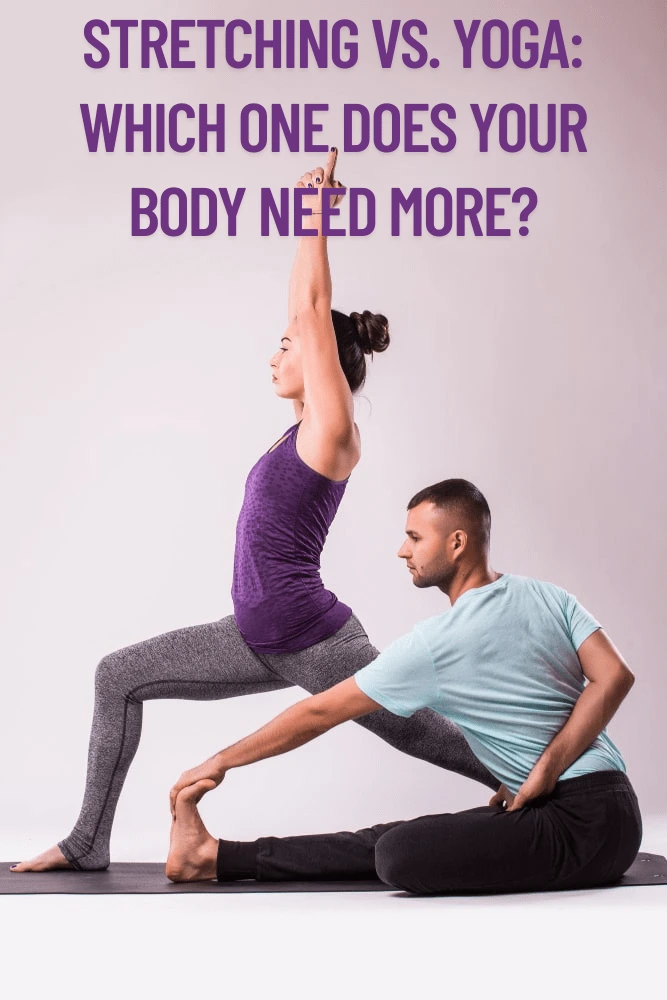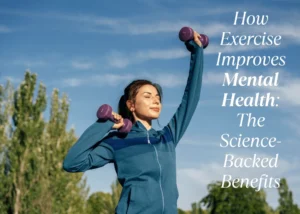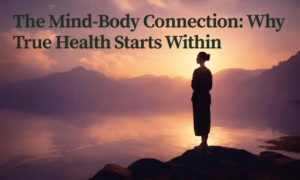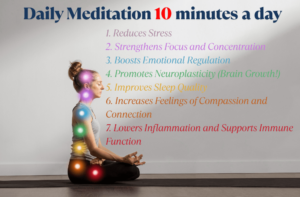In today’s fast-paced world, where fitness routines are evolving and self-care is more important than ever, stretching and yoga are two practices that are often lumped together—and understandably so. Both emphasize body awareness, promote flexibility, and can leave you feeling more grounded and physically relaxed. Whether you’re cooling down after a workout or trying to de-stress after a long day at your desk, these practices offer a pathway back to balance.
But here’s the catch: stretching and yoga are not the same thing. While they share similarities, they serve different purposes, offer different benefits, and tap into the body and mind in unique ways. Stretching tends to be more direct and mechanical—think of it as a tool to lengthen and release tight muscles. Yoga, on the other hand, is a more holistic experience that blends movement, breath, and mindfulness, often touching on emotional and mental wellness as much as the physical.
So how do you know which one your body truly needs more right now—a quick stretch to loosen up or a full-body flow to reset your mind and muscles? That’s what we’ll explore in this post. Whether you’re a seasoned yogi, a casual gym-goer, or just someone trying to feel better in your own skin, understanding the difference can help you get more intentional with your movement—and more in tune with your body’s real needs.
This post breaks down the differences between stretching and yoga so you can make the best decision for your health and lifestyle.
What Is Stretching?
Stretching is one of the simplest yet most effective ways to maintain and improve your body’s flexibility, mobility, and overall physical comfort. At its core, stretching involves deliberately lengthening muscles and connective tissues to improve their elasticity, increase range of motion, and release built-up tension. It’s a foundational practice in nearly every fitness and wellness routine—and for good reason.
There are two primary types of stretching: static and dynamic—each serving a different purpose depending on your goals and when they’re used in your routine.
Static Stretching
Static stretching involves holding a stretch in a fixed position, usually for 15 to 60 seconds, without any movement. The goal is to gently lengthen the muscle and hold it at its furthest comfortable point. This type of stretching is commonly used after workouts or physical activity to:
- Promote muscle recovery
- Reduce post-exercise stiffness
- Prevent long-term tightness
- Encourage relaxation and cooling down
Example:
Touching your toes and holding that position to stretch the hamstrings.
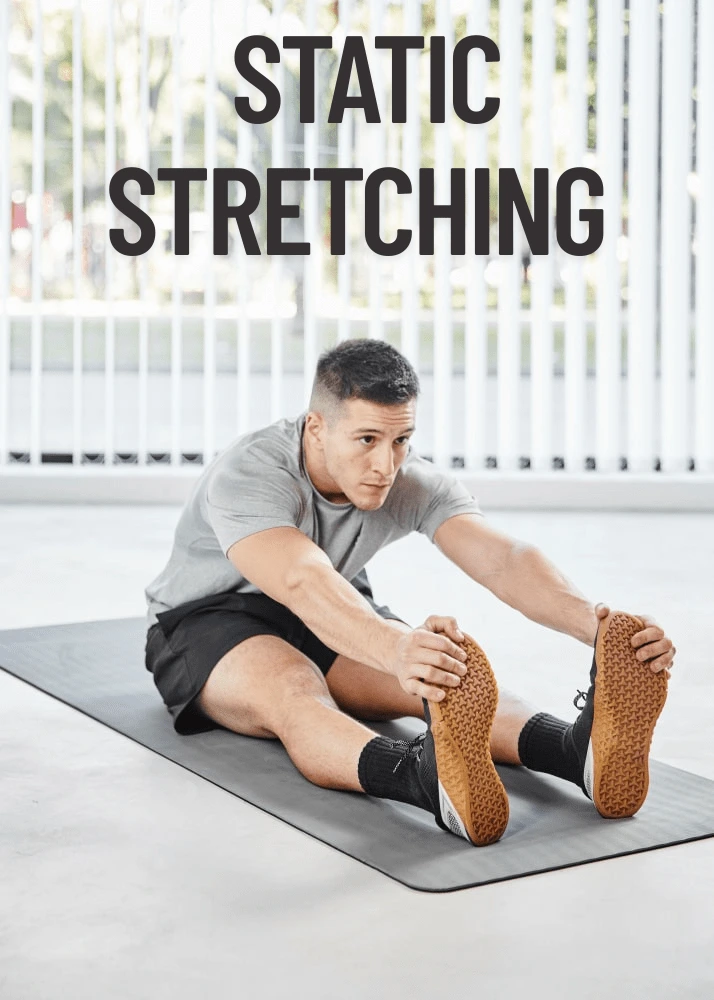
Best used: After workouts, during a cool-down, or as part of a bedtime or relaxation routine.
Dynamic Stretching
Dynamic stretching, on the other hand, involves moving parts of your body through a full range of motion in a controlled and deliberate manner. Unlike static stretching, dynamic stretches are not held—they’re more active and prepare the muscles for movement by increasing blood flow and joint mobility.
Example:
Leg swings, arm circles, walking lunges, or torso twists.
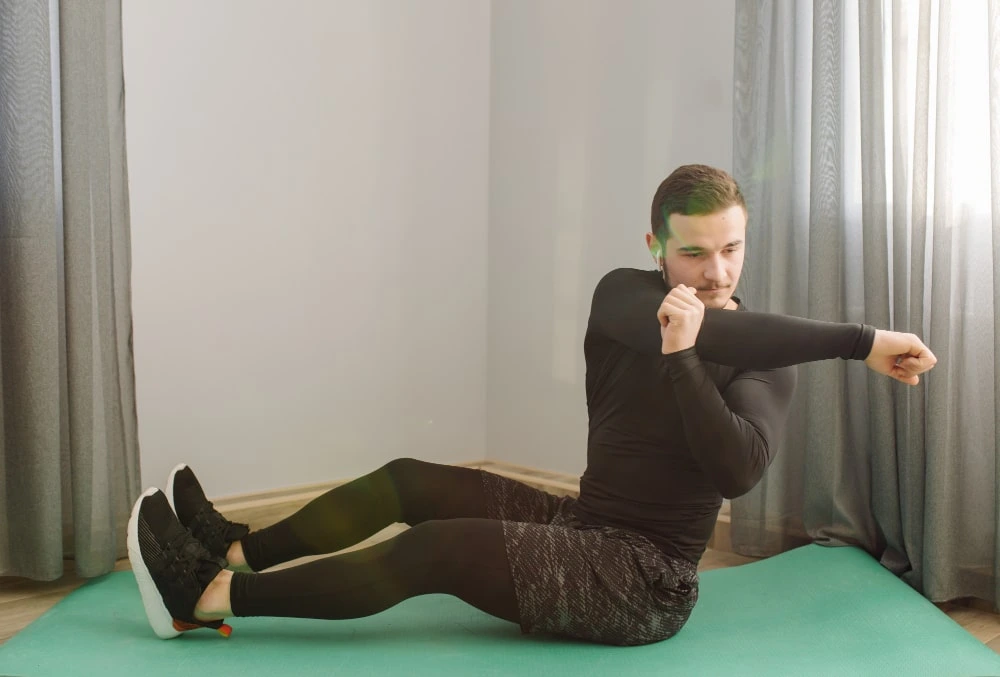
Best used: Before workouts to warm up the body and improve performance, especially in sports or high-intensity exercise.
🤸♂️ Why Stretching Matters
Regardless of type, regular stretching can:
- Improve posture and muscle coordination
- Reduce the risk of injury
- Help with chronic tension or stiffness (especially in the neck, shoulders, and lower back)
- Counteract the effects of prolonged sitting or inactivity
Unlike yoga, which often includes breathwork, strength, and mindfulness, stretching is typically more targeted and time-efficient—making it perfect for when you need quick relief or want to focus on a specific tight area.
Key Benefits of Stretching:
- Improves range of motion
- Reduces post-workout soreness
- Relieves tension in tight areas
- Takes only a few minutes
- Perfect for warm-ups and cool-downs
What Is Yoga?
Yoga is far more than just a series of stretches — it’s a holistic mind-body practice rooted in ancient tradition. At its core, yoga blends physical movement (asana), breath control (pranayama), and mindfulness or meditation to create a comprehensive approach to well-being.
Yes, many yoga poses involve stretching — lengthening muscles, opening joints, and improving flexibility — but yoga goes well beyond that. In each pose and sequence, you’re also engaging stabilizing muscles, working on balance, improving body awareness, and building strength in ways that static stretching alone doesn’t provide. A simple posture like Downward Dog simultaneously stretches the hamstrings, strengthens the arms and shoulders, and activates the core — all while encouraging deep, steady breathing.
One of the defining aspects of yoga is its focus on the breath-movement connection. Through pranayama (breath control), you learn to synchronize your breath with movement, which can calm the nervous system, reduce stress, and enhance focus. This breathwork is often the gateway to the meditative, inner aspect of yoga — the part that promotes mental clarity, emotional regulation, and self-awareness.
Unlike stretching, which is typically done in isolation or as a physical warm-up or cool-down, yoga creates space for intentional movement and stillness, offering both physical release and emotional grounding. Whether you’re practicing a gentle restorative class or a vigorous power flow, yoga invites you to tune into your body and breath in a way that can transform not just your flexibility, but your entire relationship with yourself.
Key Benefits of Yoga:
- Builds strength and flexibility
- Enhances body awareness and balance
- Reduces stress and anxiety
- Supports deep breathing and focus
- Encourages relaxation and mindfulness
🆚 Stretching vs. Yoga: What’s the Difference?
| Feature | Stretching | Yoga |
|---|---|---|
| Focus | Isolated muscles | Full-body + breath |
| Mental benefits | Minimal | Significant |
| Movement style | Static or dynamic holds | Flowing poses and transitions |
| Time commitment | 5–10 minutes | 20–60+ minutes |
| Strength component | Minimal | Moderate to high (depending on style) |
| Mind-body connection | Not emphasized | Central to the practice |
Which One Does Your Body Need Right Now?
Here’s a quick way to decide:
Choose Stretching if:
- You’re short on time
- You have localized tightness (e.g. neck, hips)
- You’re looking for quick relief before or after workouts
Choose Yoga if:
- You want a holistic approach (mind + body)
- You’re feeling stressed or anxious
- You’re working on strength, posture, and balance
- You want a more immersive movement experience
Why Not Both?
Here’s the good news: you don’t have to pick just one.
Yoga includes stretching, and stretching can become more mindful when paired with breathwork. Many people alternate between short stretching sessions and longer yoga flows based on their daily needs.
📝 Final Thoughts
At the end of the day, the best practice is the one that supports your body, your mind, and your lifestyle. Whether it’s a few minutes of stretching or a full yoga class, what matters most is that you’re moving intentionally and caring for your well-being.
So, stretch. Flow. Breathe. Repeat. 💫
